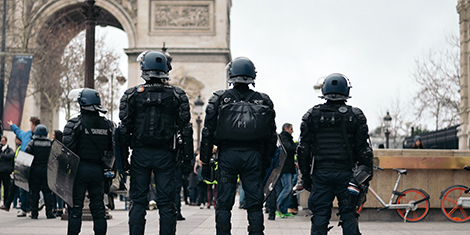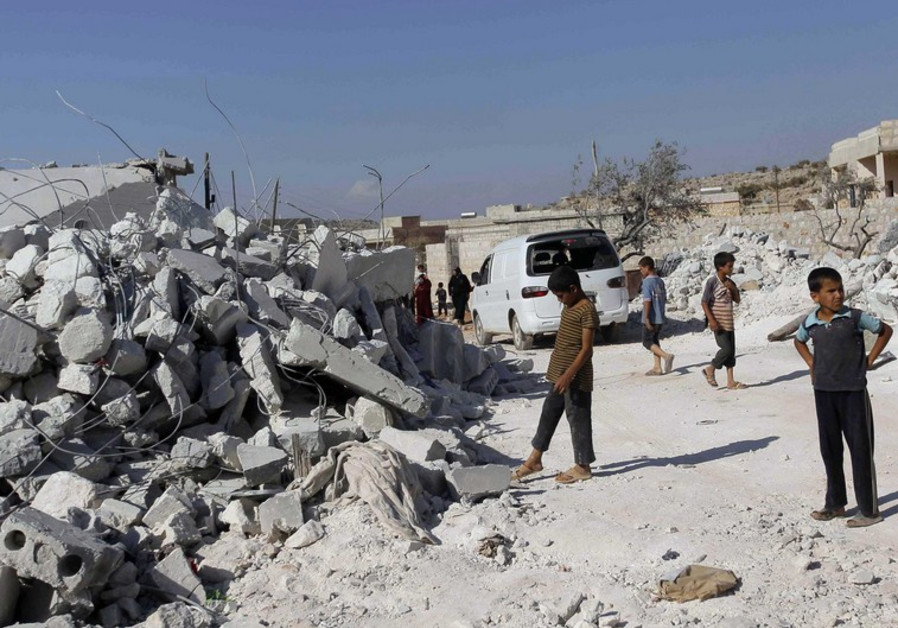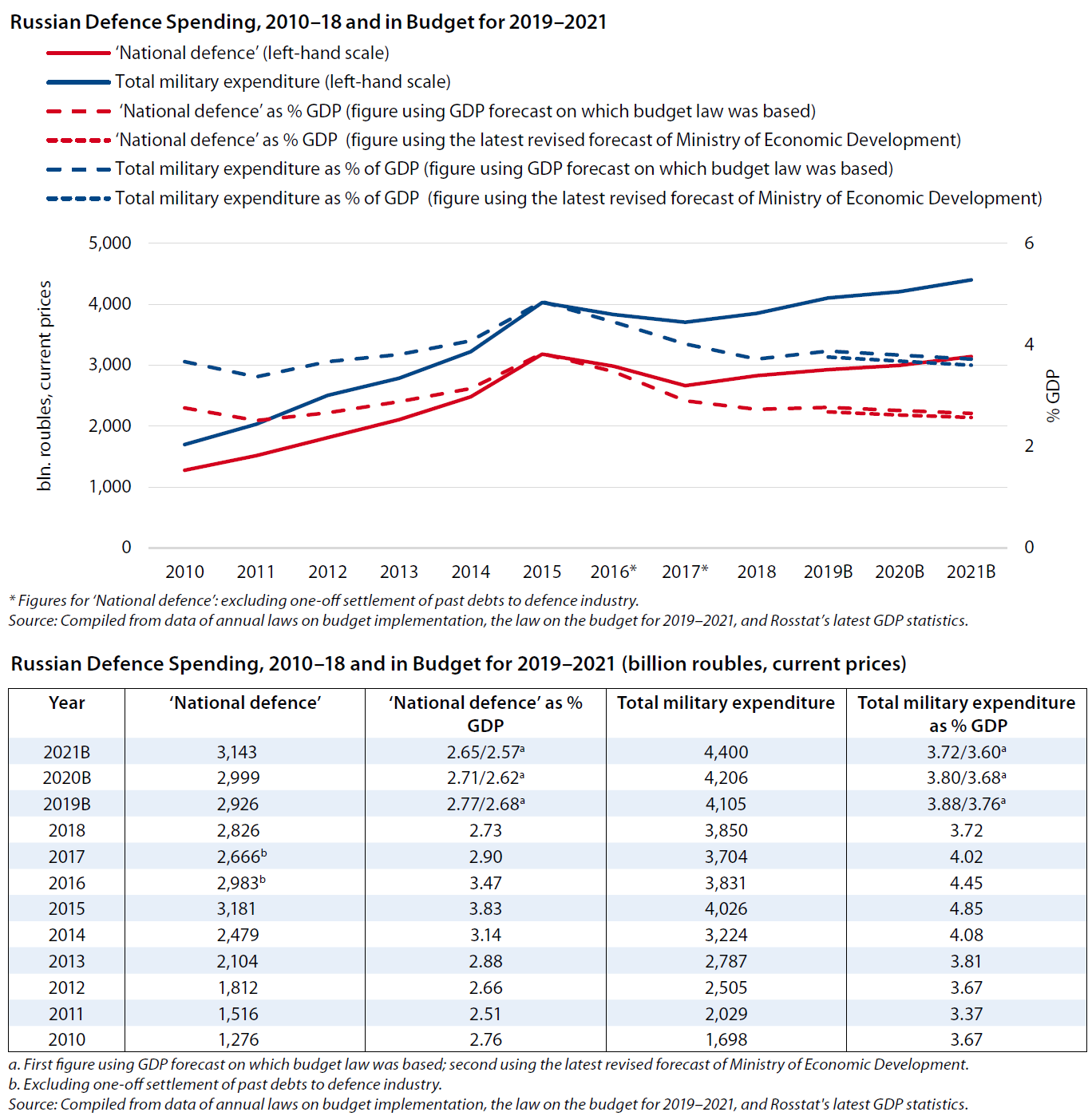Source Link
Leaders of countries involved in the Regional Comprehensive Economic Partnership (RCEP) said Monday that they had resolved differences, but India said it was out. Seven years after talks began, the signing of a final deal was pushed back to next year.
India has balked at exposing its farmers and factories to more foreign competition, especially from China. It decided not to join the initiative because of an “inadequate protection against import surge,” among a list of reasons the foreign ministry circulated after leaders met.
“India had significant issues of core interest that remain unresolved,” Ministry of External Affairs East Secretary Vijay Thakur Singh said at a news conference late Monday.
She said the agreement was not “fair and balanced,” and that Prime Minister Narendra Modi worried that it would pinch India’s most vulnerable people.










/arc-anglerfish-arc2-prod-mco.s3.amazonaws.com/public/VTJLKNB4ZJCZVPT5ZUX7WNLATU.jpg)




/arc-anglerfish-arc2-prod-mco.s3.amazonaws.com/public/BHGKYWSEIJCAJMDFTESWYIQIHI.jpg)

